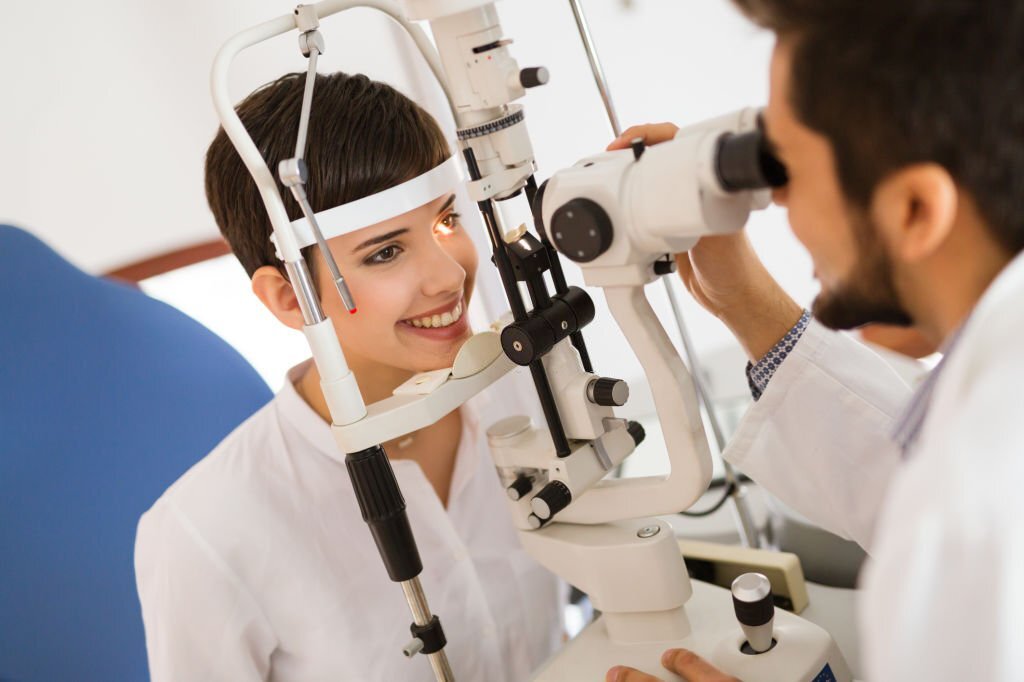
There are multiple options for vision correction, such as orthokeratology (ortho-k) and traditional contact lenses. They differ in several aspects, such as their mechanism of action, comfort, convenience, and long-term effects. This article explores the differences between ortho-k and traditional contact lenses to help you decide which option is better suited to your needs.
What is Ortho-k?
Ortho-k, or corneal reshaping therapy, is a non-surgical procedure that uses specially designed rigid gas-permeable contact lenses to temporarily reshape the cornea. These lenses are worn overnight, exerting gentle pressure on the cornea, resulting in a temporary change in shape. This temporary reshaping allows for improved vision during the day without contact lenses.
How do Traditional Contact Lenses Work?
Traditional contact lenses, on the other hand, are soft lenses made of hydrogel or silicone hydrogel materials. They are worn directly on the eye's surface and provide vision correction by refracting light entering the eye. Traditional contact lenses are available in various types, such as daily disposable, bi-weekly, or monthly replacement lenses.
Comfort and Convenience
For comfort and convenience, traditional contact lenses are often favored. These flexible lenses make them comfortable to wear for extended periods. They are available in various prescription options and can correct multiple vision problems, including nearsightedness, farsightedness, and astigmatism. They are easy to insert and remove, requiring minimal adaptation.
Ortho-K lenses require overnight wear while providing vision correction during the day. Some individuals may find it difficult to sleep with these rigid lenses in their eyes. However, with proper adaptation and regular wear, many users find ortho-k lenses comfortable during the day.
Vision Correction Effectiveness
Both Ortho-K and traditional contact lenses are effective in vision correction. Conventional contact lenses offer immediate vision correction, providing clear and sharp vision throughout the day. However, their effect is temporary and depends on wearing the lenses consistently.
Orthokeratology lenses provide temporary vision correction during the day, eliminating the need for glasses or contact lenses. The extent of vision correction achieved depends on individual factors and the specific prescription. Some individuals may achieve 20/20 vision, while others require minimal visual aid. Regular use of ortho-k lenses is necessary to maintain the desired level of vision correction.
Risk Factors and Safety
Safety is a crucial aspect to consider when choosing vision correction options. Traditional contact lenses have a small risk of eye infections, primarily if not appropriately handled. Improper hygiene and extended wear can lead to discomfort, dry eyes, and potentially serious eye infections.
Although worn during sleep, ortho-K lenses have a lower risk of eye infections than traditional contact lenses. However, proper handling and maintenance routines are essential to minimize any potential risks.
Long-Term Effects
Long-term effects differ between Ortho-K and traditional contact lenses. Conventional contact lenses are designed for daily wear and must be replaced regularly. Prolonged use of these lenses can cause corneal hypoxia, a condition where the cornea receives insufficient oxygen, leading to discomfort and potential corneal problems.
When used as prescribed, Ortho-K lenses have positively impacted myopia progression (nearsightedness) in some individuals, especially children and teenagers. Many research studies shows that orthokeratology can slow down myopia progression by up to 50%
Durability and Maintenance
Traditional contact lenses require regular replacement according to the prescribed schedule. They must be cleaned and disinfected daily to maintain hygiene and prevent eye infections. Failure to adhere to proper cleaning and replacement routines can compromise the lenses' effectiveness and pose a risk to eye health.
Orthokeratology lenses also require regular cleaning and disinfection. However, since they are rigid and more durable, they tend to have a longer lifespan than traditional contact lenses.
Cost Comparison
The cost of Ortho-K and traditional contact lenses can vary. Conventional contact lenses are available in different price ranges depending on the brand, lens type, and replacement schedule. These lenses require ongoing purchasing and maintenance costs.
The Ortho-K lenses may cost more upfront than traditional contact lenses since they are custom-designed and require specialized fitting. However, in the long run, ortho-k lenses can be cost-effective as they eliminate the need for daily lens replacements and reduce dependence on glasses or contact lenses.
Lifestyle Considerations
Lifestyle factors play a significant role when deciding between Ortho-K and traditional contact lenses. Ortho-K lenses are particularly beneficial for individuals involved in sports or other activities where wearing glasses or contact lenses during the day may be inconvenient. They offer the freedom to enjoy clear vision without worrying about wearing corrective eyewear.
Traditional contact lenses provide flexibility and are suitable for individuals who prefer the convenience of wearing lenses during the day without the need for overnight wear. They are easily replaceable and offer various options to cater to different lifestyles.
Choosing the Right Option for You
The choice between orthic and traditional contact lenses ultimately depends on personal preferences, lifestyle, and the advice of an eye care professional. Consider comfort, convenience, vision correction effectiveness, safety, long-term effects, maintenance, and cost.
Consulting with an eye care specialist will help determine which option suits your specific needs and eye health better. They can evaluate your prescription, lifestyle, and ocular health to provide personalized recommendations.
Conclusion
In the debate of orthokeratology vs. traditional contact lenses, there is no definitive answer as to which is better. Both options have their merits and considerations. Ortho-K lenses offer temporary vision correction without needing daytime eyewear, while traditional contact lenses provide immediate and flexible vision correction. When deciding, factors such as comfort, safety, long-term effects, and lifestyle considerations should be considered.
Ultimately, the choice should be made in consultation with an eye care professional who can provide personalized guidance based on your unique needs and preferences.
